Microsoft introduces Blend for Visual Studio 2015 Preview, helps you create beautiful XAML apps
3 min. read
Published on
Read our disclosure page to find out how can you help Windows Report sustain the editorial team. Read more
Earlier this week, Microsoft released a preview of Visual Studio 2015, along with a free version of Visual Studio. Developers can now rejoice as Microsoft has also introduced a new Blend experience. Blend for Visual Studio 2015 features a better development experience for creating beautiful XAML apps.
Blend for Visual Studio 2015 features a sleek new dark look that matches Visual Studio 2015, for an improved workflow between the two products. Both these products work hand-in-hand when developing XAML apps.
The new Blend experience features a consistent user interface that matches Visual Studio, XAML IntelliSense, basic debugging capabilities, file reload experience, Team Explorer, the ability to manage NuGet packages, better accessibility, and much more.
Here is a breakdown of all the new features in Blend for Visual Studio 2015, which you can use by installing the preview of Visual Studio 2015:
- Consistent user interface with Visual Studio: You can design your applications within the familiar context of the Visual Studio user interface, which makes switching to and from Visual Studio a more pleasant and productive experience. Blend also includes an exclusive new Dark theme that helps you focus on the content you are designing by improving the contrast between your content and the Blend user interface.
- XAML IntelliSense: Blend supports all of the common capabilities you would expect from IntelliSense including statement completion, support for common editor operations like commenting and formatting code, and navigation to resources, binding, and code.
- Basic debugging capabilities: You can now debug in Blend, including setting breakpoints in your code to debug your running app. To maintain a consistent debugging experience with Visual Studio, Blend includes Visual Studio’s debugging windows and toolbars.
- Peek in XAML: Peek in XAML allows you to view and edit XAML controls and resources within the context in which they are used. You can even browse through a series of XAML declarations without leaving the original XAML file. Furthermore, you can do in-place editing of style and templates within the document that consumes them using Peek in XAML.
- File reload experience: You can edit your XAML files in either Blend or Visual Studio, and have your edited files reload automatically as you switch between them. To minimize workflow interruptions, you can now set your file reload preferences in the file reload dialog.
- Synchronized Layouts and Settings: Custom layouts enable you to save and apply tool window layout customizations. Blend will synchronize these customizations and preferences across machines once you sign into the IDE with the same Microsoft account.
- A common Solution Explorer: The Solution Explorer provides you with an organized view of your projects and their files, as well as ready access to the commands associated with them. With Solution Explorer, it is easier to work with big enterprise projects. In addition, all of the project capabilities that were missing in Blend are now available, including support for Solution folders and the ability to change build configurations.
- Team Explorer: With Team Explorer you can manage your projects with GIT or TFS repositories to facilitate team collaboration.
- NuGet: You can manage NuGet packages in Blend. NuGet is a package manager for the .NET Framework that simplifies the installation and removal of packages from a solution.
- Better accessibility: You can use your keyboard and screen reader software to interact with several areas of the Blend user interface, including top level menus, solution explorer, and team explorer.
- HTML Design Support. In Visual Studio 2015, Microsoft is focusing on better code, editing, and debugging experiences for HTML app developers.
- SketchFlow. Blend for Visual Studio 2015 will not support SketchFlow projects.

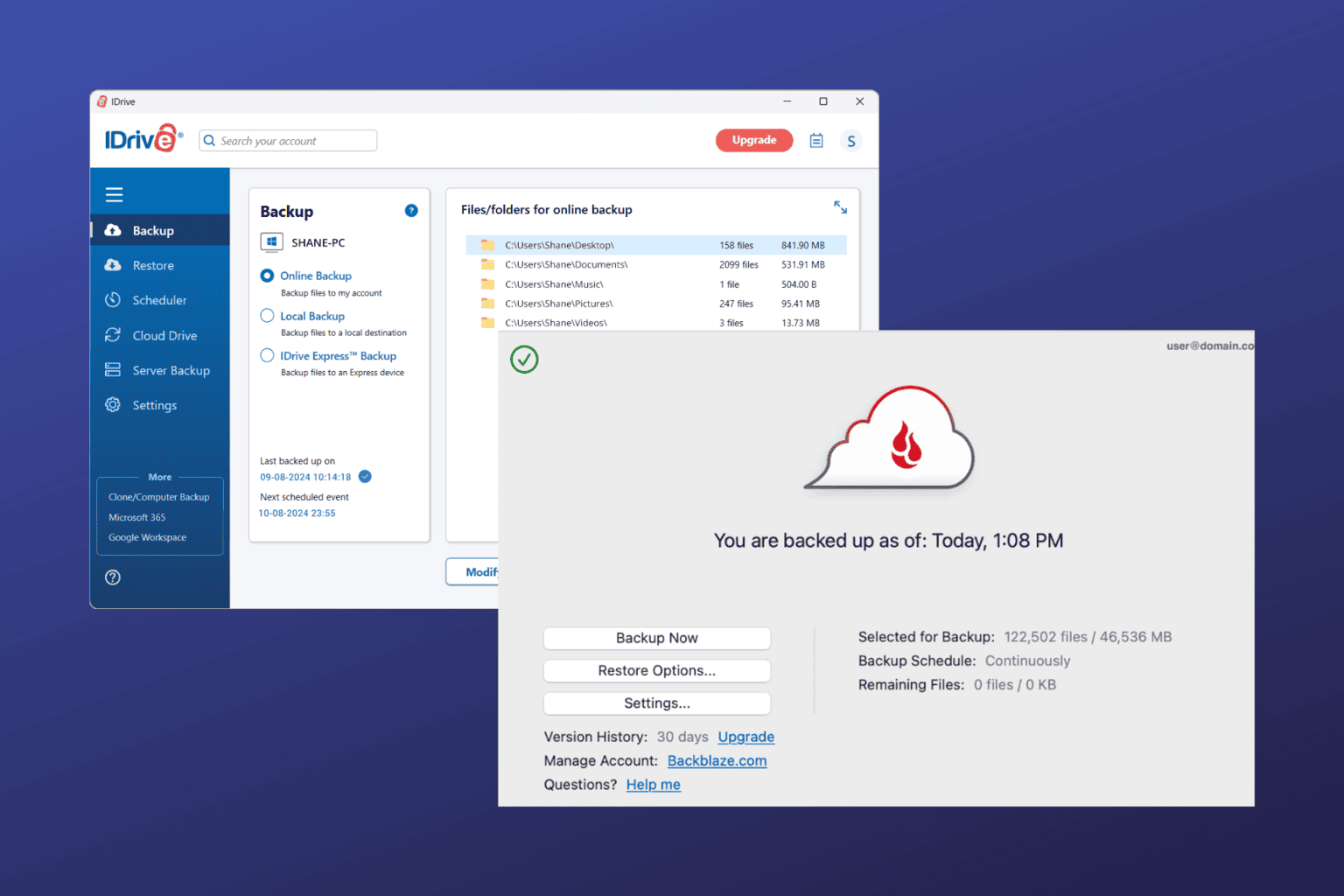
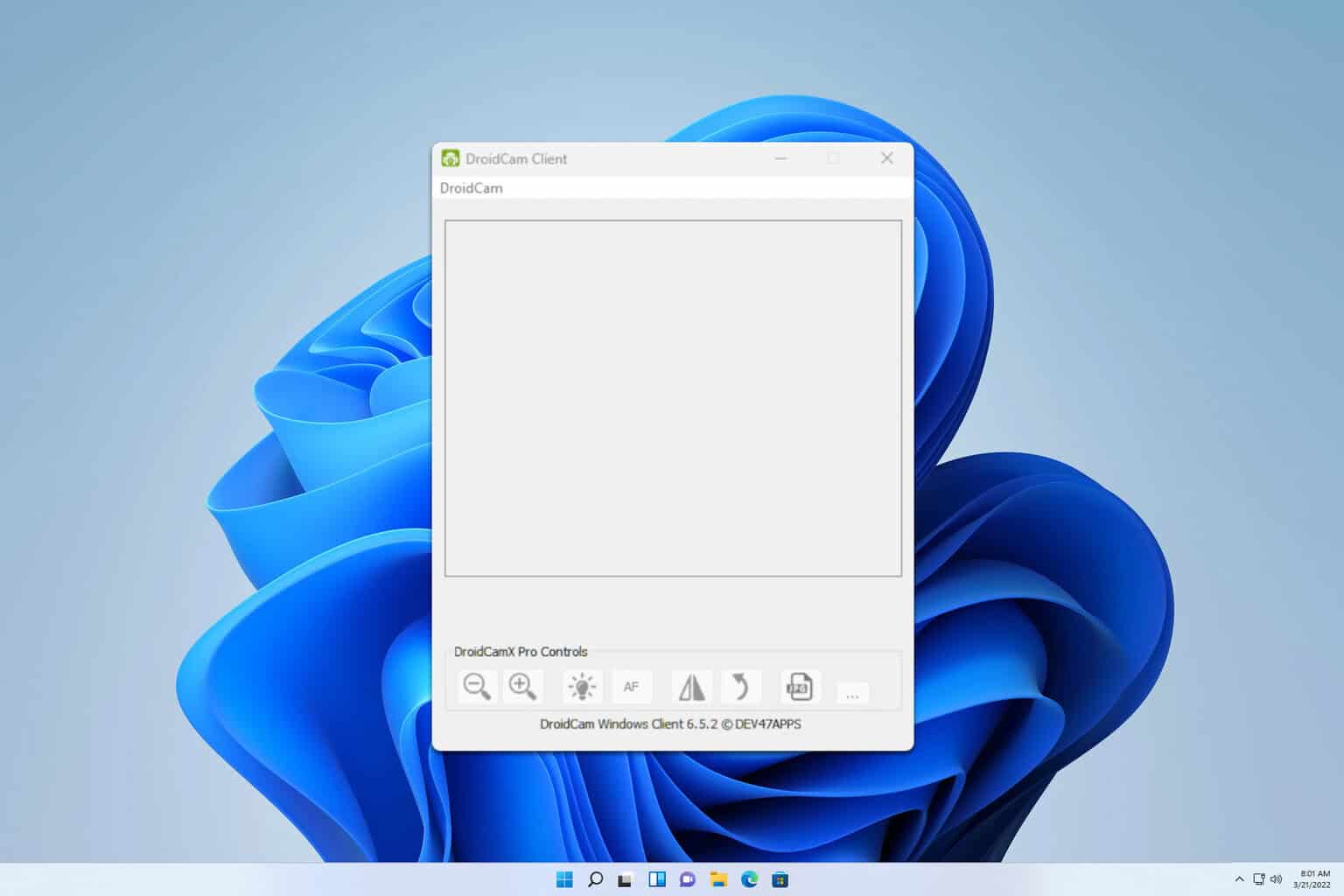
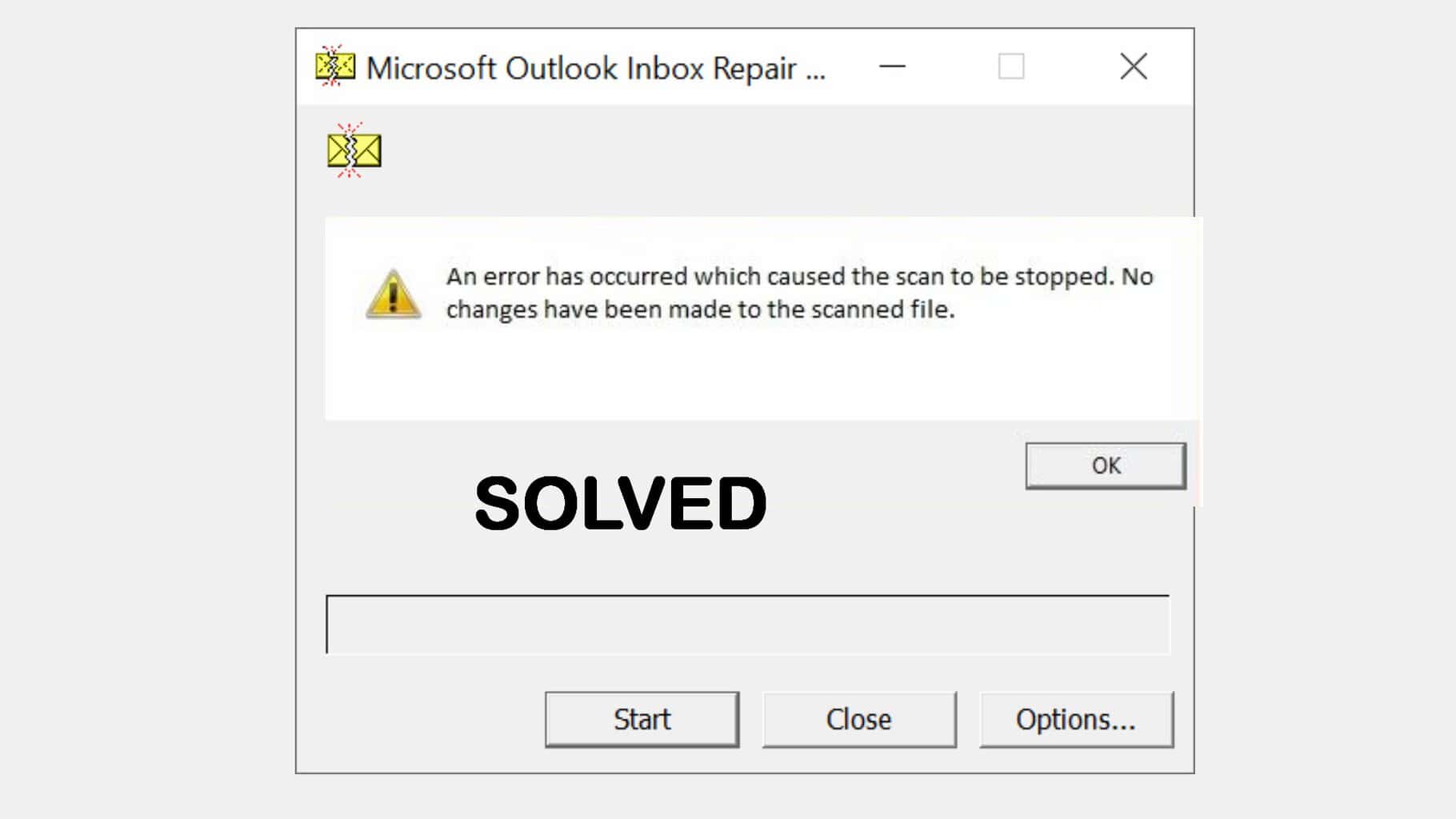



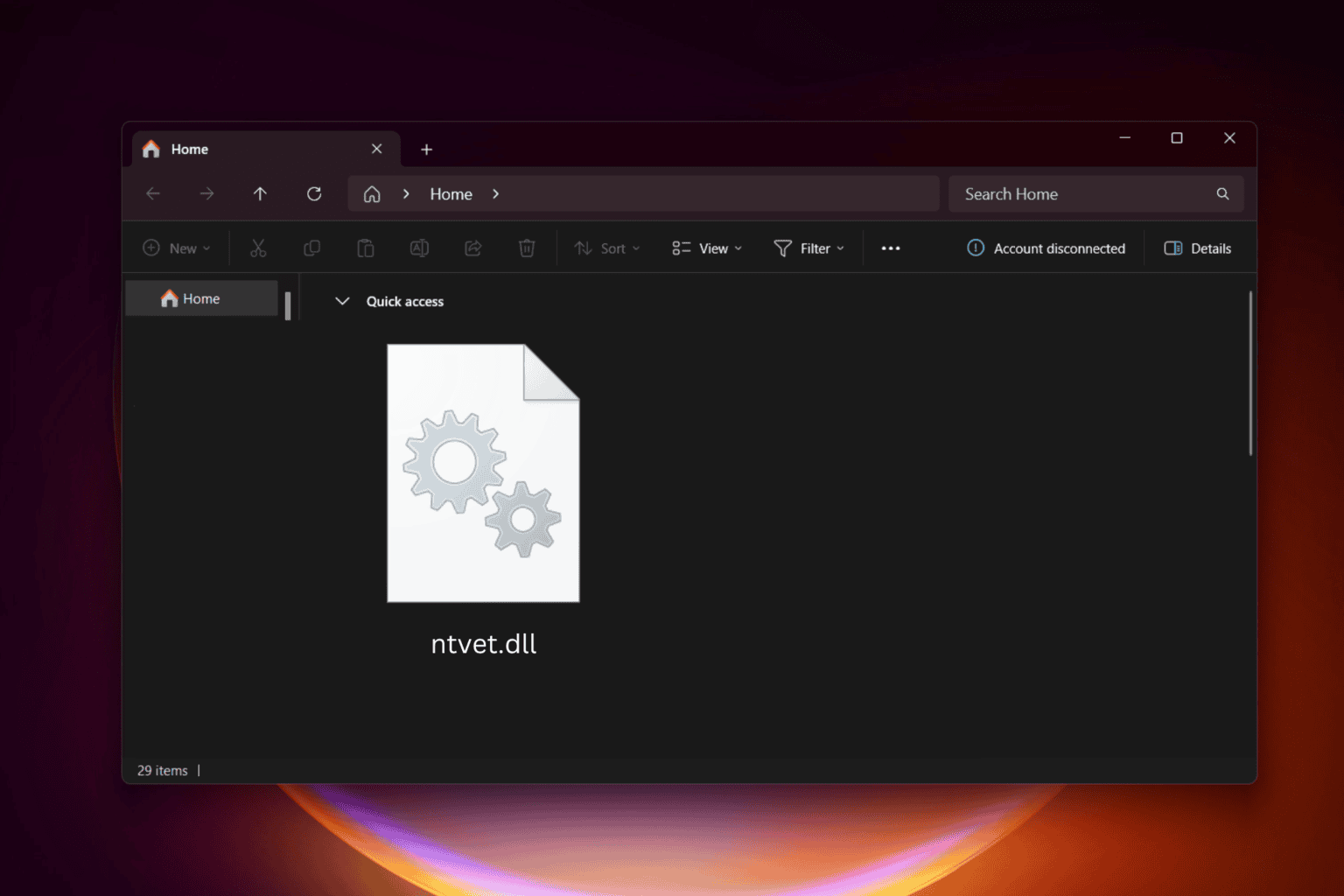
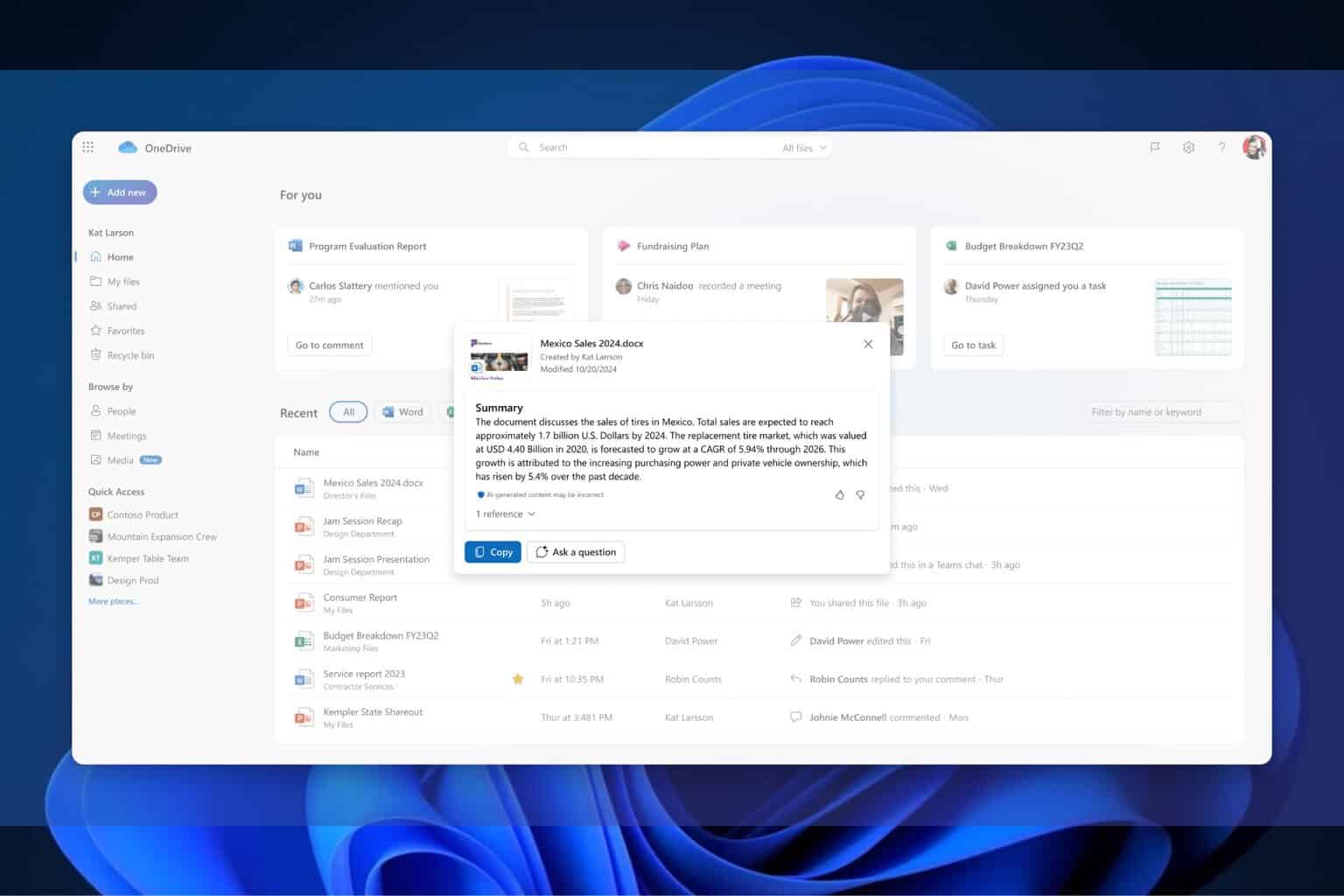
User forum
0 messages